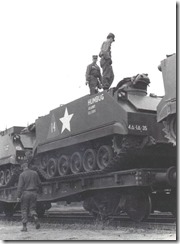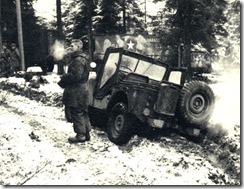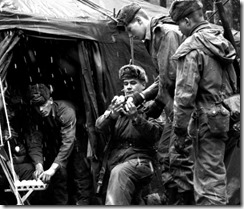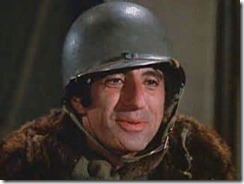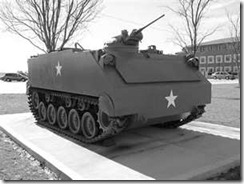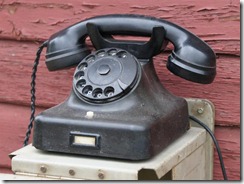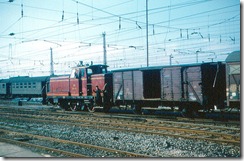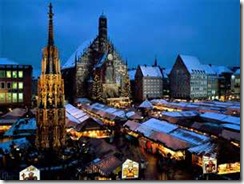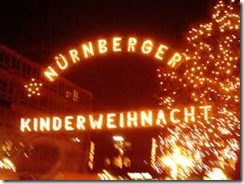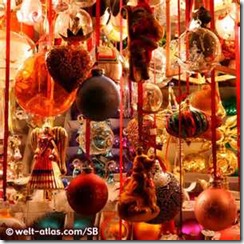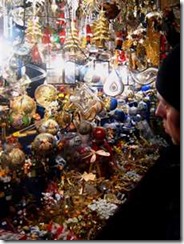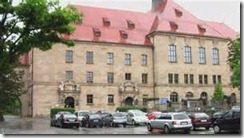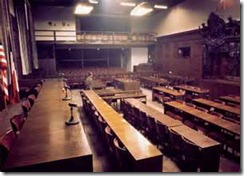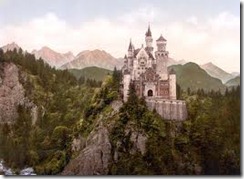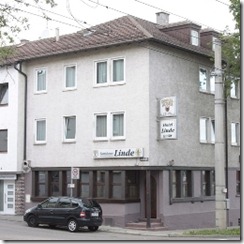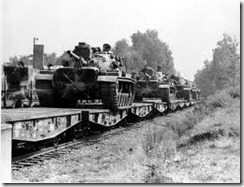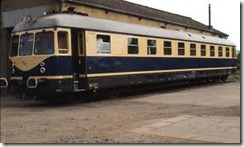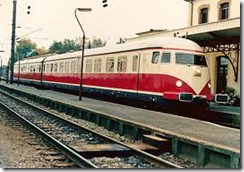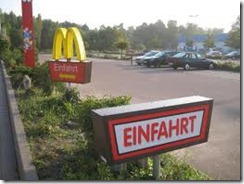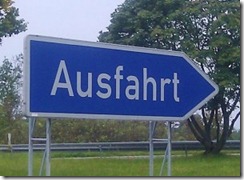I had a friend tell me to try to list all the people you were associated with while stationed in Germany. Spelling may not be accurate because it has been a lot years. I’ll try to list them and what I can remember about them. Some have been mentioned earlier. So here goes:
Major Dexter W. Adams. He was executive office of the 5th RTMO when I arrived. He later was transferred to Stuttgart Post transportation office. I think he was originally from New England. Later served at the Military Academy and died in 1992 in Indianapolis.
Lt. Col. Polumbo. Commanding Office of 5th RTMO when I arrived. Left shortly after and was replaced by Lt. Col. Lawrence H. Alexander. He was originally from New York and was pretty hard nosed but honest and treated all personnel he liked with respect. If he didn’t like you, you moved on.
Corporal Blair. Originally from San Jose, CA area. He was about 45 years old. He had been in the Army a lot of years and was apparently busted. He was there long before he was transferred somewhere. His girl friend was a reporter for Stars and Stripes. Jack D. Compton. I think he was from Portsmouth, Ohio. Was at Stuttgart then transferred to Kaiserslautern. Eugene Della Rocca. Was in Stuttgart then transferred to Grafenwohr. I think he was from New York City or close by. I think his wife’s name was Sandra.
SP4 Richard Dotson. Worked in Personnel at the 594th. He said he had been an Msgt E-8 and was busted in Berlin. He literally disappeared. CID came and got all his belongings. SP5 Donald A. Douglass. Was stationed in Stuttgart when I arrived and then later transferred to Grafenwohr to run the TMO there. I believe his wife was German and named Mary Lou. MSGT Eugene P. Duch. Long time soldier and in charge of our personnel area. Originally from Detroit, MI. Had had stomach cancer and ate small quantities of food all day long. Retired in June 1961. Died in Michigan in 1997.
CAPT. Patrick Gorman. CO of the Nuremburg office. Well liked by all those who worked with him. Gave me a tour of the Hall of Justice and the court room where they held the Nuremburg trials. 1ST LT. Terrence G. Dunn. An ROTC officer that was transferred in to take over as OIC of operations about February 1963. Most of the men thought he was worthless. Quick to blame anyone else for a mistake. He was so bad that I asked Lt Col. Alexander to have an inventory of all classified documents and change the combinations so I wouldn’t be blamed for any lost documents. Even the colonel didn’t like him.
SP4 Anthony Filigno. Originally from Seattle. He left in 1961 during my first year there. Tony died in Seattle in 2009. SP4 Stephen Fuchick. Originally from Phildelphia. He left in 1961and died in 1972. 1ST LT. Harlen E. Gray. Admin Officer at 5th RTMO. Originally an Armored officer. Disciplined and respected. Made Captain. Was told he came back years later as a Major in another unit. Died in San Antonio in 2005. SGT David Lee Hunt. Commo SGT. Married Ana Melendez- Garcia. She was the daughter of Joe who was also in the 594th. I think he and Ana have both passed on.
SFC. Robert ‘Hoppy’ Hopkins. Was NCOIC in the Munich TMO. Drove race cars and ferried cars for Mercedes. MAJ. Clyde Johnson. CO of the Munich TMO. SGT. Tom Lacy. Commo Sgt. Originally from New Jersey. We have stayed in touch all these years. Retired in Colorado. SFC Lake. Not sure what he did but he left within weeks of my arrival. SP5 “Lucky” Lukowski. He was NCOIC of the operations when I arrived. Originally from Illinois.
1ST LT. James L. May. Was Admin Officer after Capt Gray left. Nice gentleman who treated everyone with respect. Good officer. SSGT Jose Melendez-Garcia. Originally from Puerto Rico. Had served in Korea and had been a SFC until he was in an auto accident driving under the influence. Busted one rank to SSGT. He and his wife Ena had three daughters. Ana, the oldest, married SGT Lee Hunt. PFC Jesse D. McCreary. Worked in the Munich Transportation Movement Office (TMO),
PFC McDermott. Originally from New York. Was transferred back to Walter Reed. As far as I know he was still there when I got out 2 years later. SP4 Nussbaum. Worked in personnel. Nice fellow. He came about the time I was leaving. SP5 Manfred Schweitzer. He was in charge of the freight operation of the 5th RTMO. German born and grew up in Connecticut. Married to American gal and had two children.
SSGT George Pellet. Had been in the Army almost 25 years. Worked in the Nuremburg TMO. Cocktails started early for George while he was waiting to complete his enlistment was up. Mike Samson from San Francisco. Was in Stuttgart and then was transferred to France after I left the unit. SP4 Yutaka “Rich” Seino. Rich was from the Los Angeles area. I think he had a black belt in Judo. Was only there a few weeks then transferred. Ray Verdugo was from the Los Angeles area. I heard that he ended up a Los Angeles County Sheriffs deputy.
I’m sure there were more just can’t remember any more at this point. If you were there when I was there just leave a note.

